Change from school and community
In Hue City, the "Schools with Heritage" model has been implemented since 2018. Through cooperation between the education sector and the Hue Monuments Conservation Center, thousands of students have visited mausoleums, participated in royal opera classes, made conical hats and poems, and practiced calligraphy.
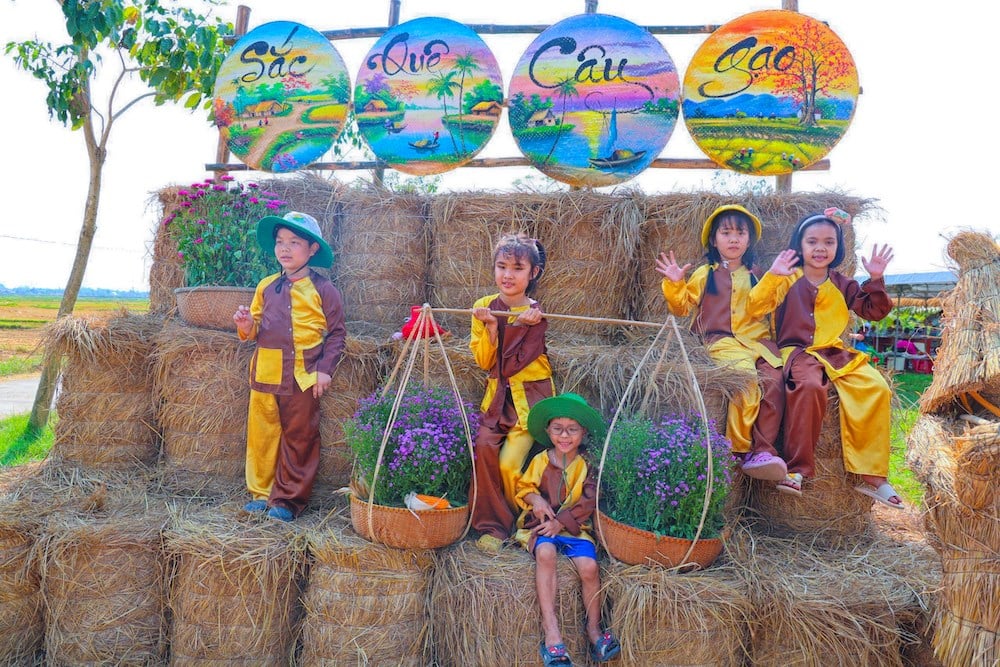
At Thuy Xuan Primary School, students not only learn about folk festivals through pictures but also transform into historical figures, perform in the five-panel ao dai and recreate the space of the Hue countryside market.
Not only Hue, many schools in Da Nang have shown initiative in incorporating traditional crafts and festivals into their lessons. Nguyen Luong Bang Secondary School collaborated with artisans from Nam O village to teach students how to make fish sauce, perform Ba Trao singing, and reenact the fish praying ritual.
This is not only a cultural experience but also a way for students to better understand the value of labor, gratitude for the ocean and awareness of preserving traditional crafts.
The model of "School Bai Choi" implemented by the Department of Education and Training of Tam Ky City since 2022 is spreading positively.
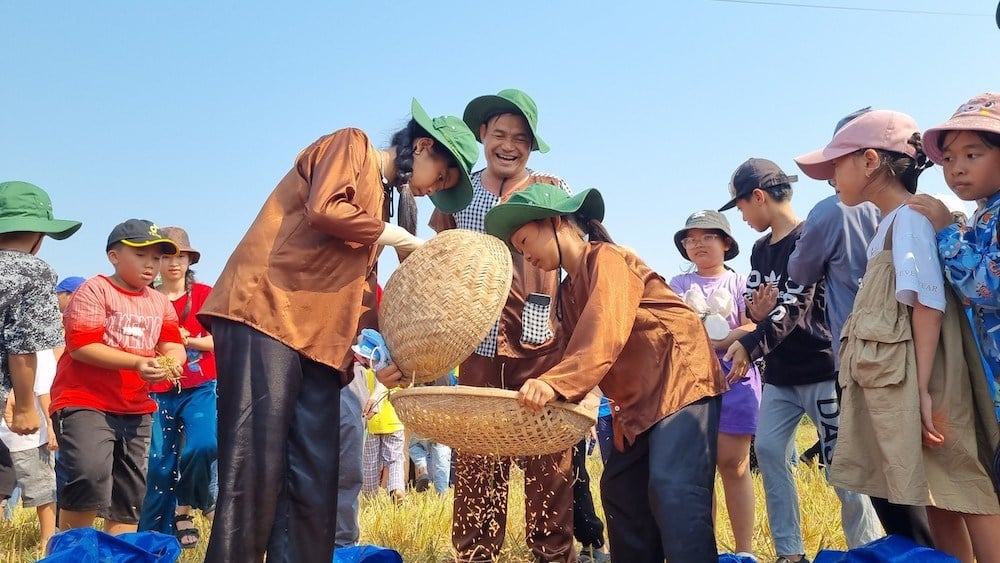
Nguyen Binh Khiem Secondary School organizes a Bài Chòi club, which meets once a week. Students learn to sing and learn about the origins of folk art that has been recognized by UNESCO as an Intangible Cultural Heritage of Humanity.
Quang Ngai is not left out. The project “Schools return to the village” takes students to fishing villages such as Sa Ky, Binh Chau, Ganh Yen to learn about the lives of fishermen, learn how to weave nets, and listen to stories about the heroic Hoang Sa army.
The students also did research, drew pictures, filmed clips, and wrote short stories to record their experiences and spread them to the community.
However, many new models remain at the project or movement level. For traditional culture to truly enter schools, educational thinking needs to change: viewing cultural education as an important part of the program, not an arbitrary extracurricular activity.
It is necessary to integrate content about customs, arts, costumes, cuisine, festivals, etc. into many subjects, not just in Literature or History.
Green shoots from real-life experience
An indispensable element in the journey of bringing traditional culture into schools is the participation of the community, especially artisans. They are not only the ones who transmit, but also the bridge between the present and the past.
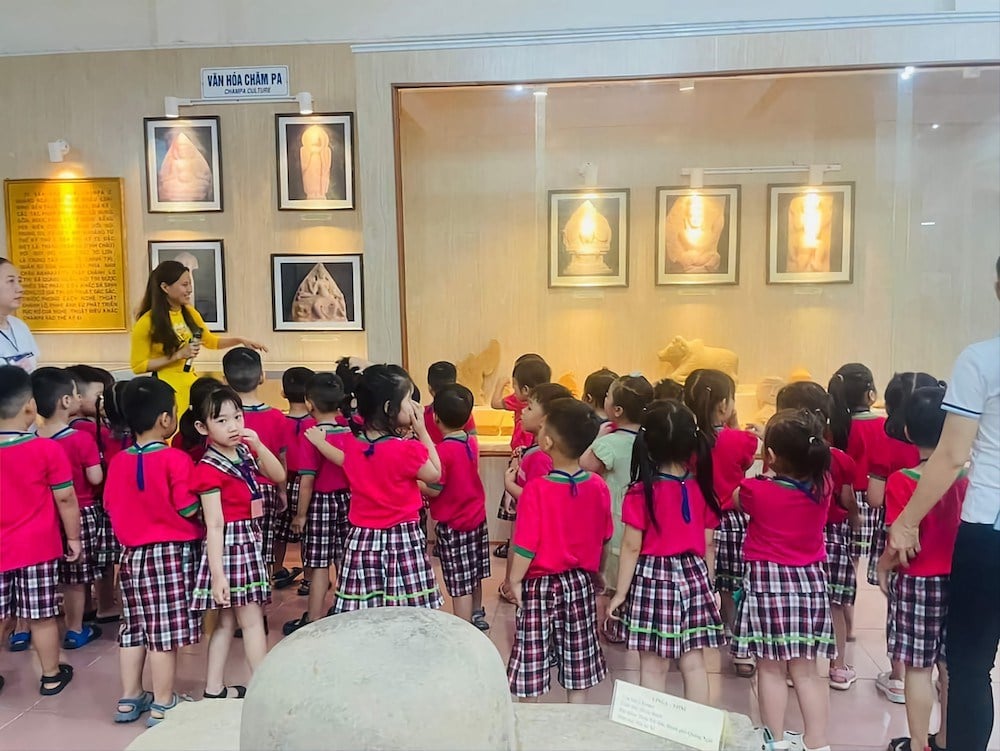
However, currently the number of artisans who can teach students is very small, and there is a lack of financial support.
In Da Nang, artist Nguyen Thi Hanh, 68 years old, shared: “I am very happy to be invited to the school to teach children to sing Ba Trao. But every time I go, I prepare the props myself. I hope to have support from the government so that this becomes a regular activity.”
In Quang Ngai, artist Pham Van Tam (Go Co village) is opening a class to teach students how to sing Bai Choi for free every weekend evening. He hopes to have a permanent space for activities and have more teachers to support him.
Traditional cultural education in schools is not only a salvation for fading heritage, but also a sustainable path to shaping students' personalities.
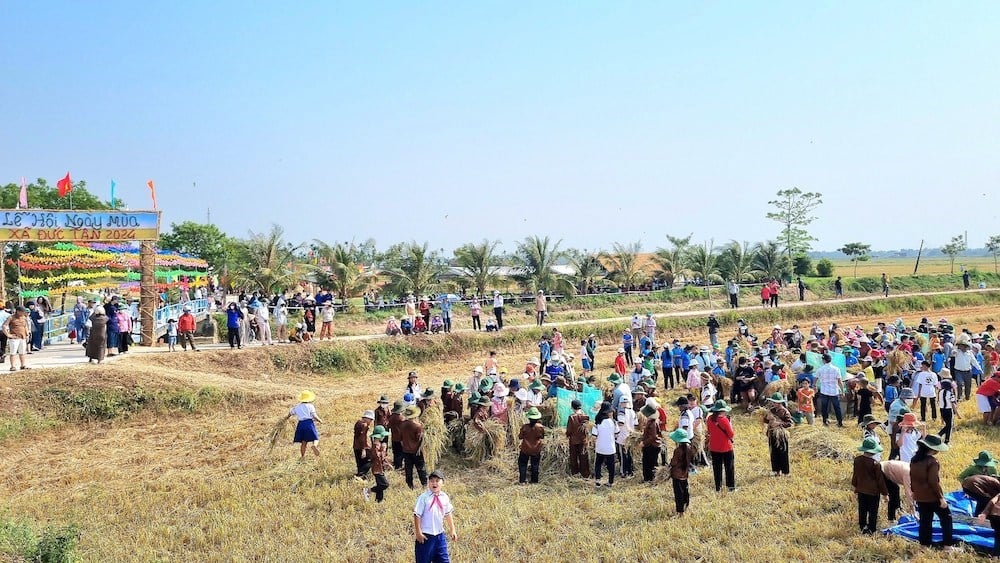
When approached early, correctly and deeply, children will not only know the Bài Chòi songs and understand the rituals, but also appreciate their roots, love work and live more humanely.
Many experts believe that if invested seriously, the cultural education model can develop into a unique strength of the Central region, a place rich in heritage and with a community attached to tradition. It is also a way to create global citizens without losing national identity.
Only when students truly live with culture and are proud of culture, will the seeds of identity sprout in the hearts of future generations.
Source: https://baovanhoa.vn/van-hoa/bai-2-geo-van-hoa-gat-tuong-lai-153599.html


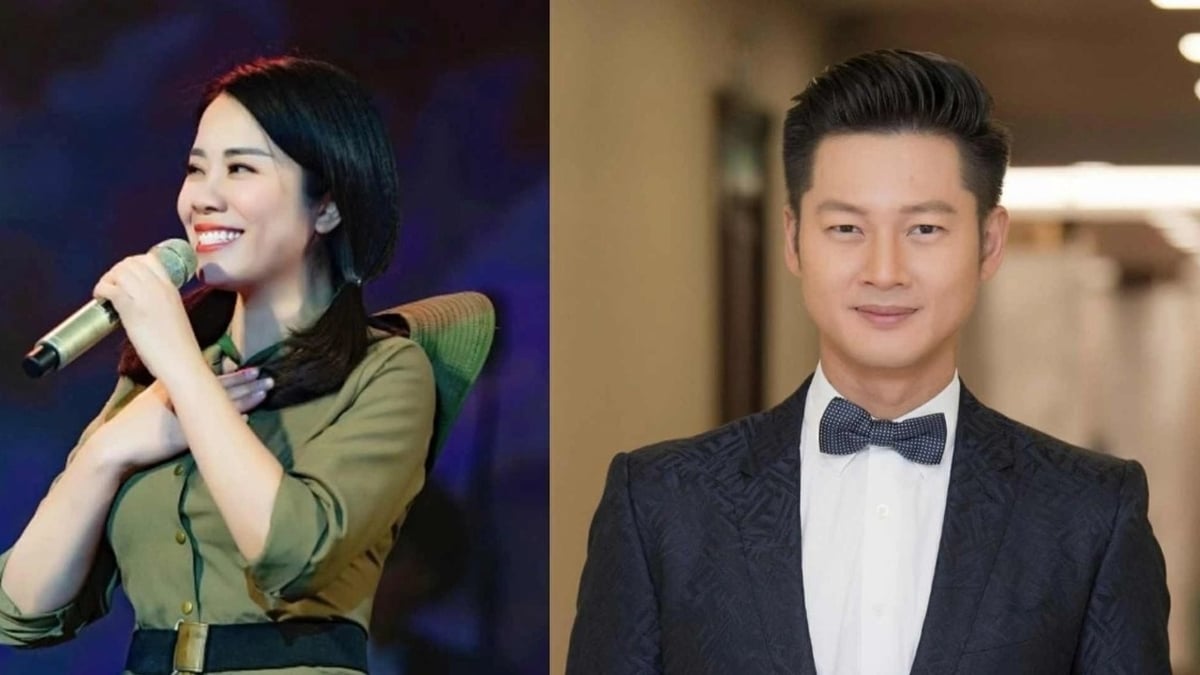

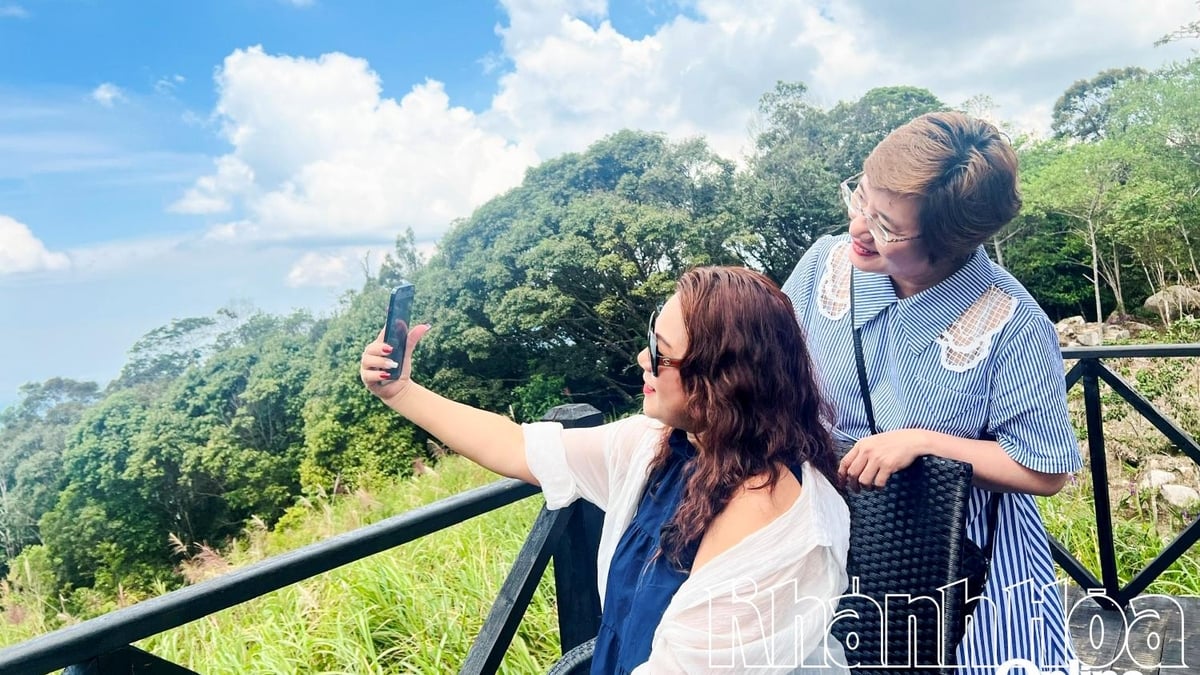
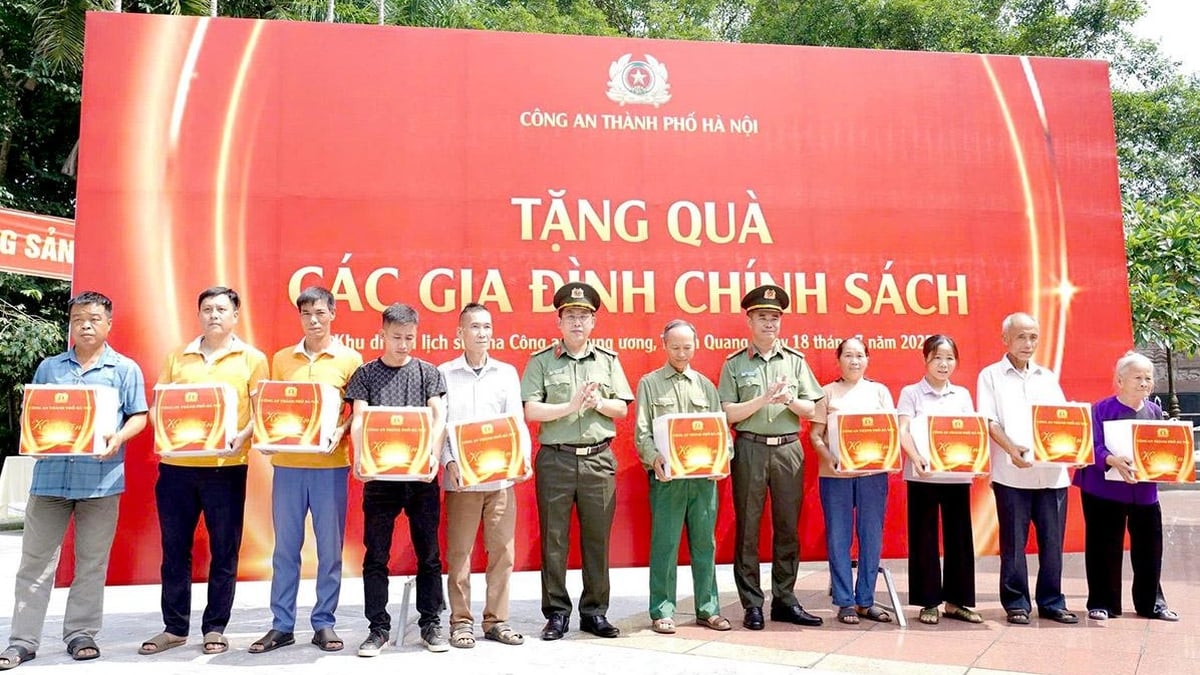
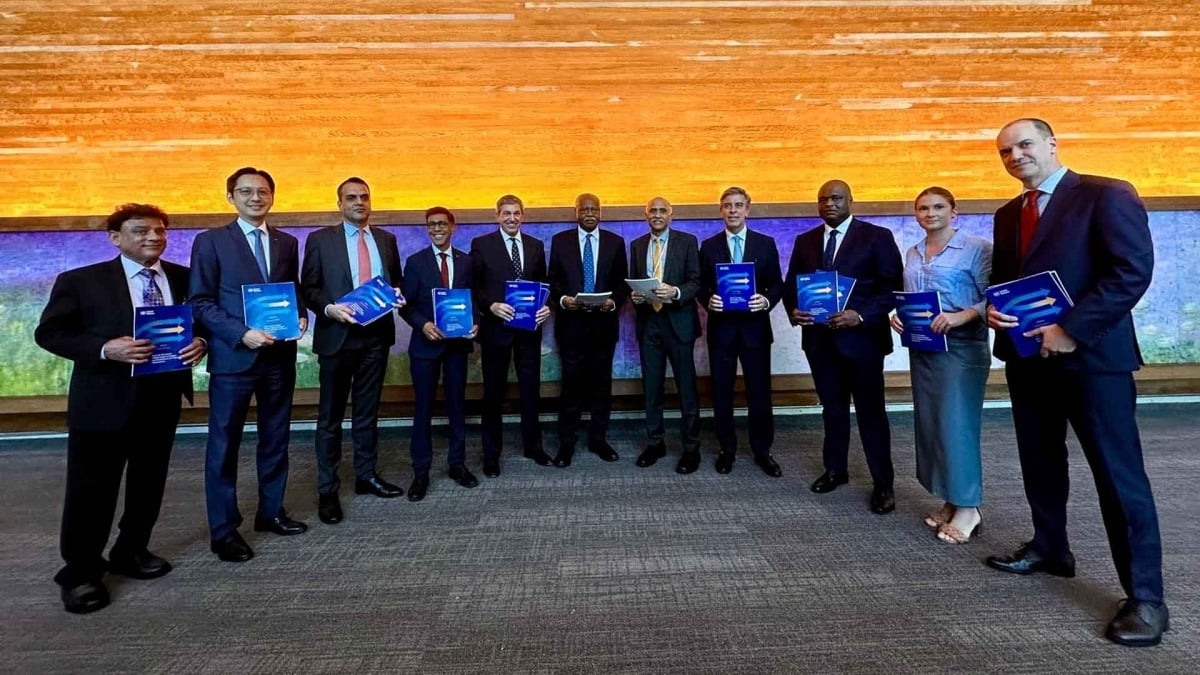
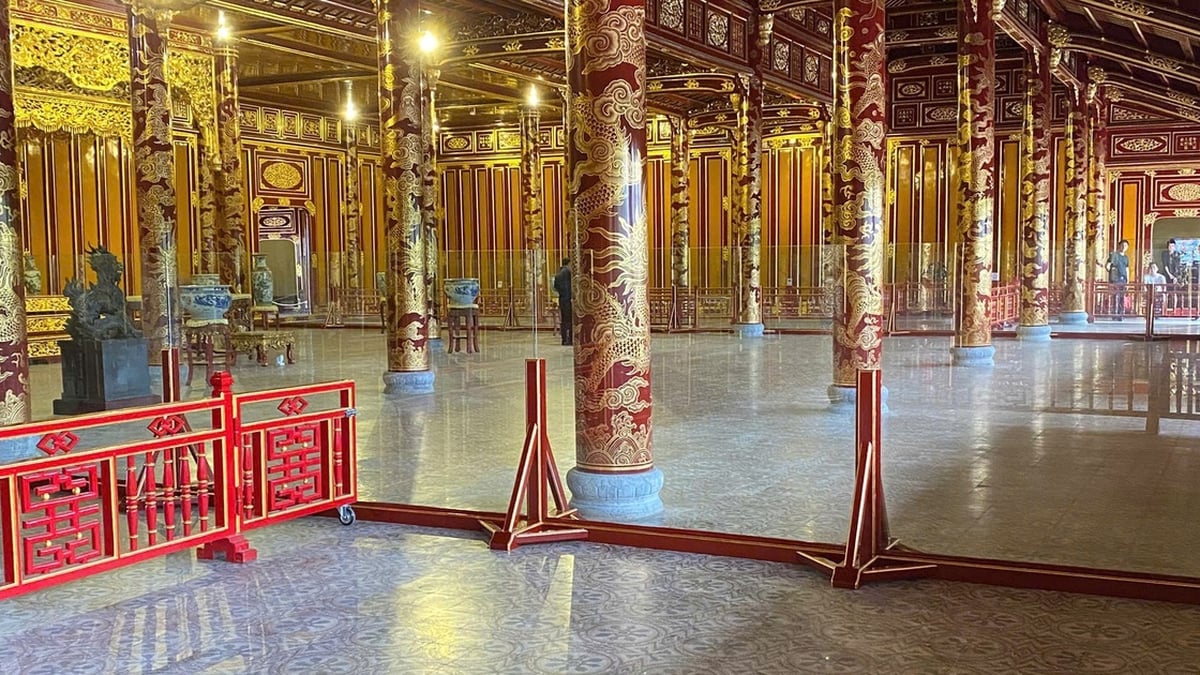
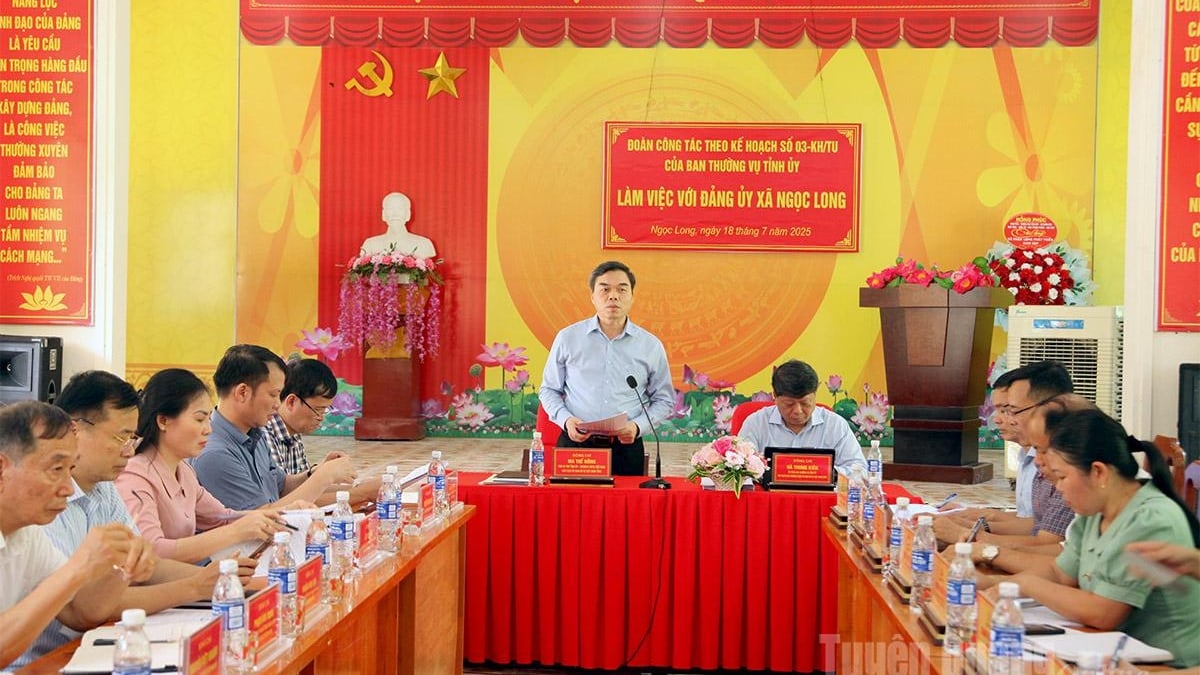
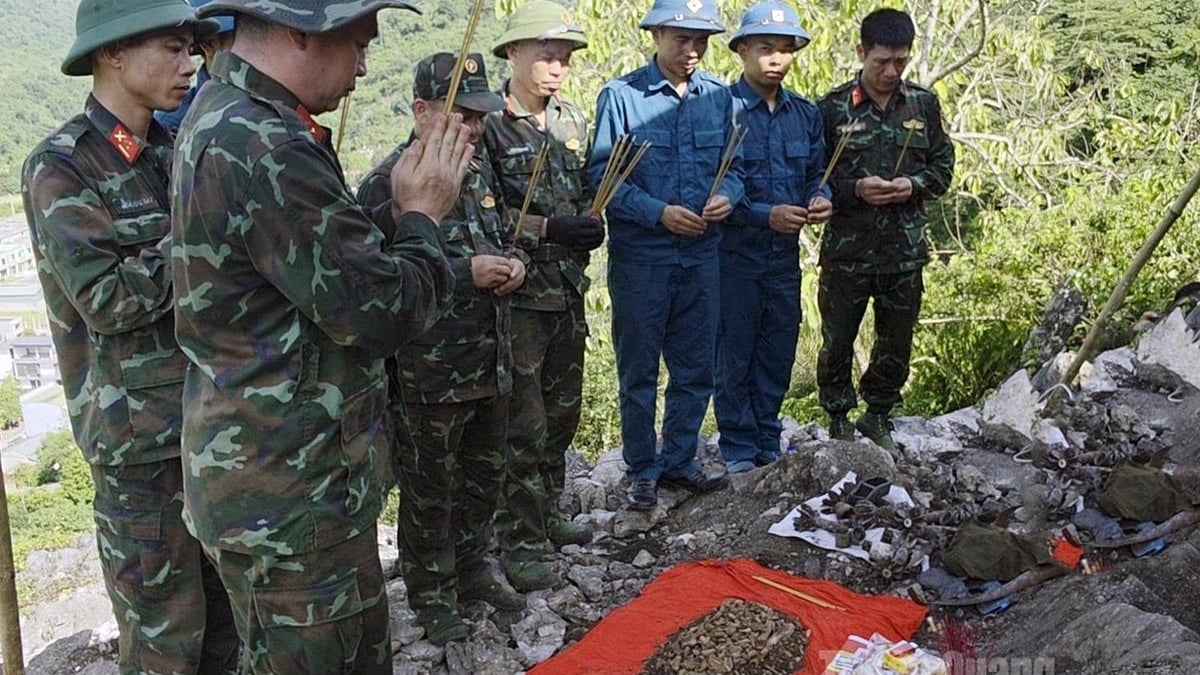




















































































![[Infographic] In 2025, 47 products will achieve national OCOP](https://vphoto.vietnam.vn/thumb/402x226/vietnam/resource/IMAGE/2025/7/16/5d672398b0744db3ab920e05db8e5b7d)





Comment (0)